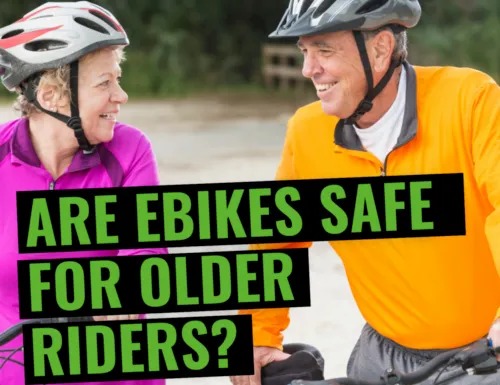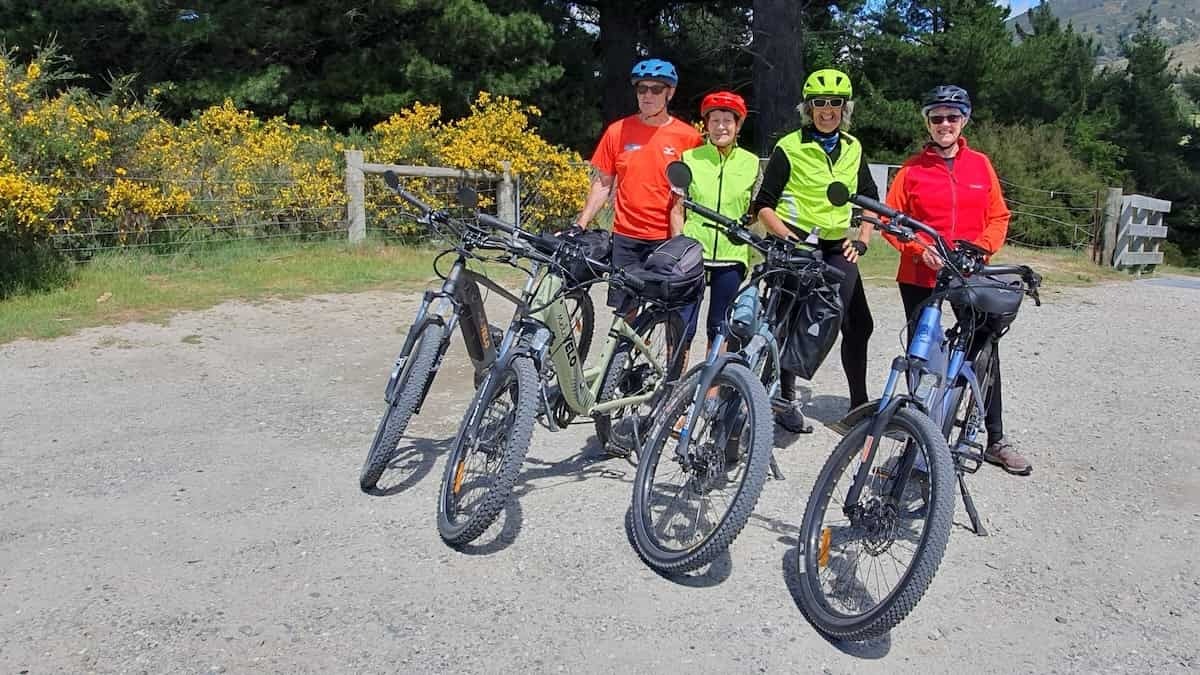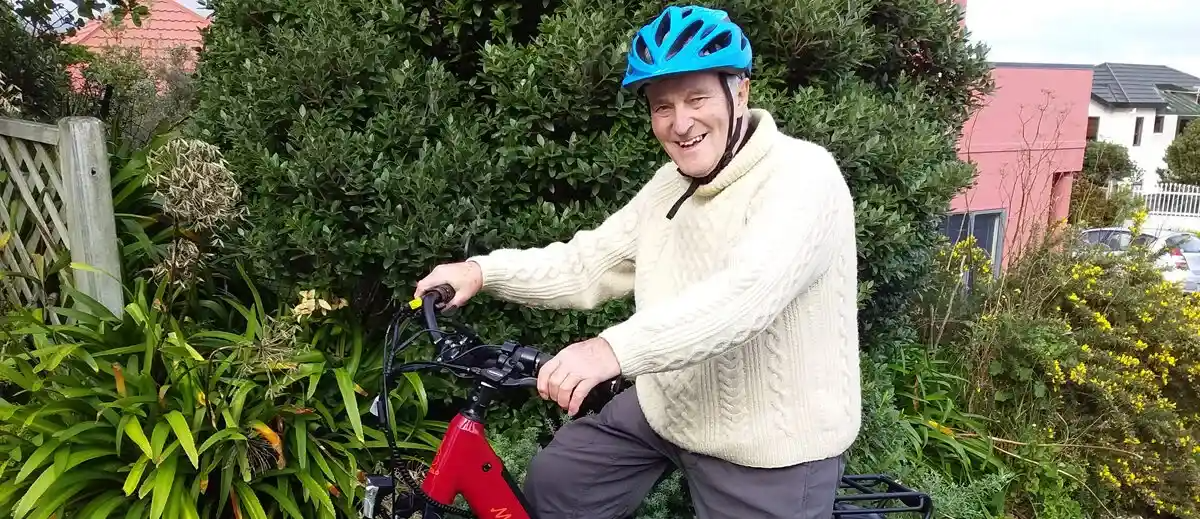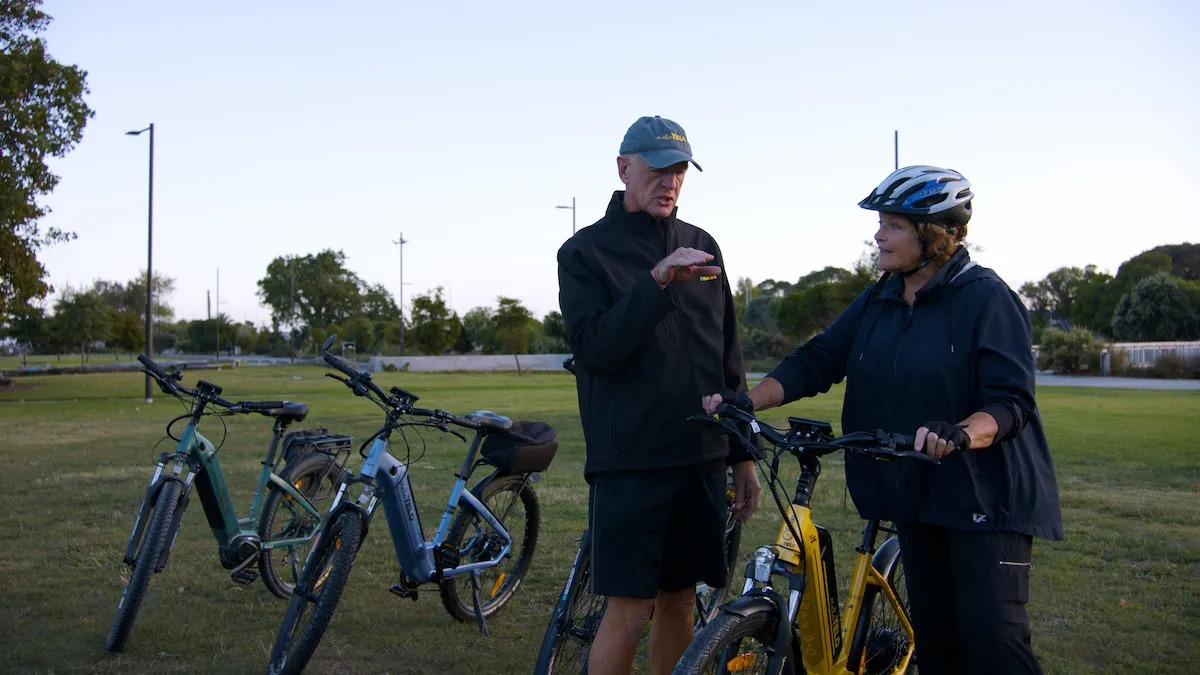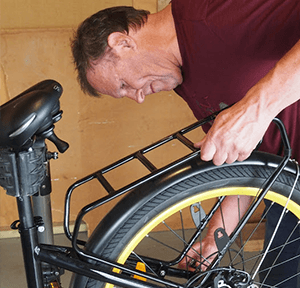How Fast Are NZ E-Bikes Really Going? You Might Be Surprised…
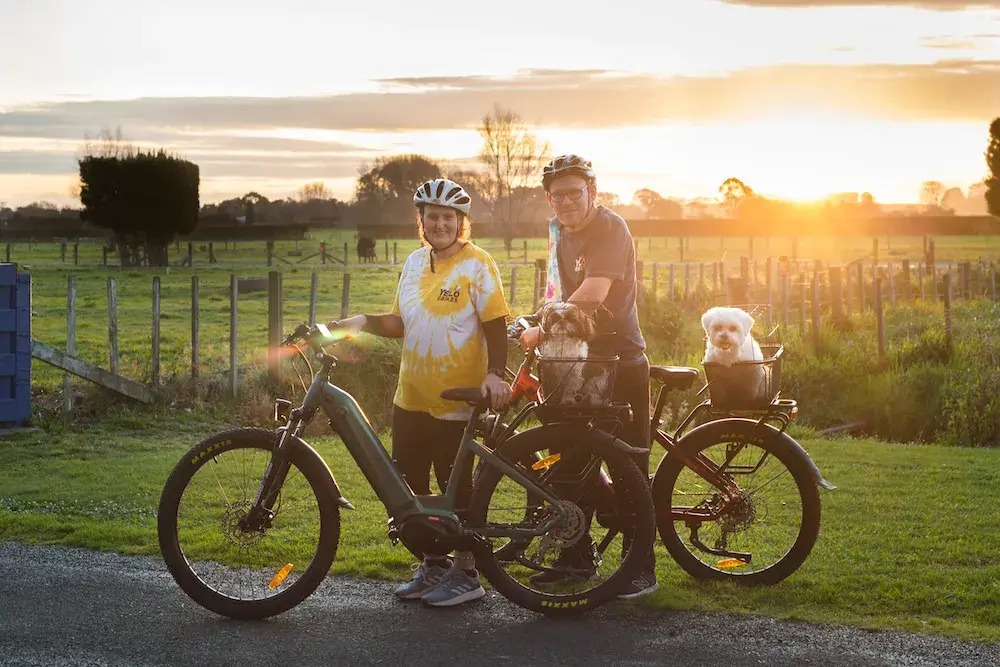
Strong 8k brings an ultra-HD IPTV experience to your living room and your pocket.
Electric bikes (e-bikes) are becoming a common sight across New Zealand’s streets, bike lanes, and trails. But behind their quiet hum and smooth pedaling lies a question many curious riders ask: Just how fast can an e-bike go in New Zealand? And are all e-bikes staying within the legal speed limits?
In this blog, we break down real-world speeds, legal limits, and the surprising truths about electric bike performance in NZ.
What’s the Legal Speed Limit for E-Bikes in NZ?
According to New Zealand law, an e-bike is classified as a power-assisted cycle if:
- The motor power output is not more than 300 watts
- It does not exceed 32 km/h (20 mph) with pedal assist.
It means the electric motor is designed to help you reach speeds of up to 32 km/h, but not beyond that. Once you hit that limit, the motor assistance cuts off, and any extra speed depends purely on your pedaling power or gravity.
Key term: Pedal-assist means the motor only works when you are pedaling — it’s not a throttle-based system.
What Factors Affect E-Bike Speed in NZ?
While the motor limit is 300W and the assist tops out at 32 km/h, real-life speeds vary based on several factors:
Bike Type:
Commuter e-bikes, mountain e-bikes, and lightweight touring e-bikes perform differently. Sleek models like the Superlite 2 by MeloYelo are built for steady speed and comfort, while off-road models like the Ascent 3 are more torque-focused.
Terrain:
Flat roads allow riders to maintain higher speeds, while hilly terrain may slow things down, although pedal assist helps greatly with climbs.
Rider Input:
Stronger or more experienced cyclists can pedal beyond the assist cutoff and push speeds above 32 km/h, though it’s not motor-assisted after that point.
Weight:
A heavier rider or cargo can affect acceleration and overall speed. Lighter bikes often perform more efficiently.
Wind & weather:
Headwinds reduce speed, while tailwinds can boost it. Wet or icy surfaces may cause riders to slow down for safety.
Can Some E-Bikes Go Faster Than 32 km/h?
Yes — but there’s a catch.
Some high-performance e-bikes on the international market can reach speeds of 45 km/h (28 mph) or more. These are often called “speed pedelecs,” and in many countries, they are regulated like mopeds. In NZ, if a bike exceeds 300W or operates without pedaling, it may require registration, a license, and insurance.
Important: Modifying an e-bike to bypass legal limits can make it illegal on NZ roads and void your warranty or insurance coverage.
What’s the Average Real-World Speed of NZ E-Bikes?
On average, most electric bikes in New Zealand cruise at speeds between 25 and 32 km/h on flat terrain with standard pedal-assist bike speed settings. This range aligns with the legal e-bike limit in NZ, ensuring safe and compliant use on public roads and bike lanes.
However, depending on conditions, riders going downhill or shifting into higher gears can occasionally reach speeds of 35–40 km/h, although this is usually achieved through physical effort, rather than the motor. If you're wondering how fast electric bikes can go in real-world use, this is generally the upper range, unless you're riding a fast electric bike specifically designed for higher performance.
Overall, this typical e-bike speed in NZ delivers a perfect balance of efficiency, safety, and legal compliance, especially for urban commuting and recreational use.
Are Faster E-Bikes Worth It for Everyday Riders?
If you're commuting, exploring rail trails, or cruising around town, the standard speed limit is more than enough. Consistent speeds of 25–30 km/h already offer:
- Shorter travel time than traditional bikes
- Efficient energy use
- Safe maneuverability in shared spaces
- Legal peace of mind
Faster models may appeal to thrill-seekers or long-distance riders, but they often come with extra costs, regulations, and potential safety concerns.
Safety First: Why Speed Isn’t Everything
Going fast may feel enjoyable, but on shared paths and urban routes, safety takes precedence over speed. Seniors, beginners, and city commuters benefit more from:
- Smooth acceleration
- Stable frames
- Responsive brakes
- Good lighting and mirrors
That’s why brands like MeloYelo design bikes specifically for NZ roads and riders, keeping speed within safe, legal limits without compromising on performance.
Conclusion
So, how fast are NZ e-bikes going? Legally, they assist up to 32 km/h, and most real-world riding stays within that range. While some imported models or modified bikes can go faster, the trade-off is increased risk and potential legal trouble.
Ultimately, e-bikes offer the perfect blend of speed, efficiency, and control, making them ideal for staying active, commuting smart, and exploring more of New Zealand without breaking a sweat or the law.
Note: IndiBlogHub features both user-submitted and editorial content. We do not verify third-party contributions. Read our Disclaimer and Privacy Policyfor details.



